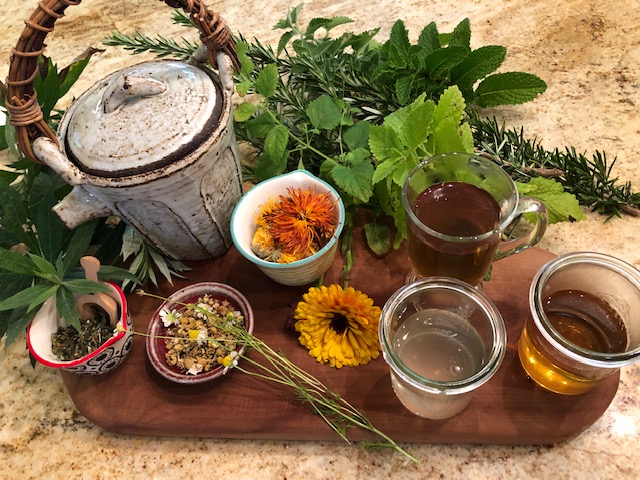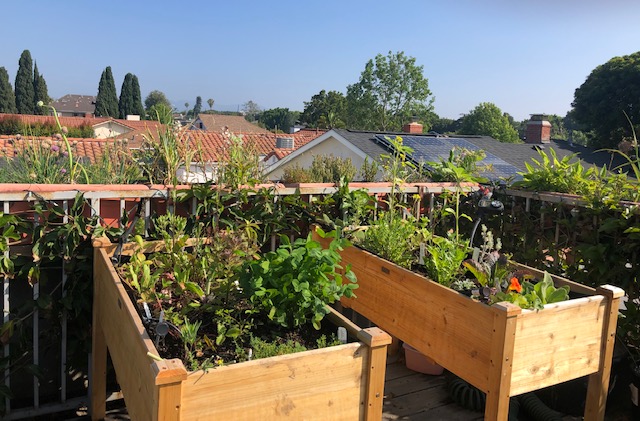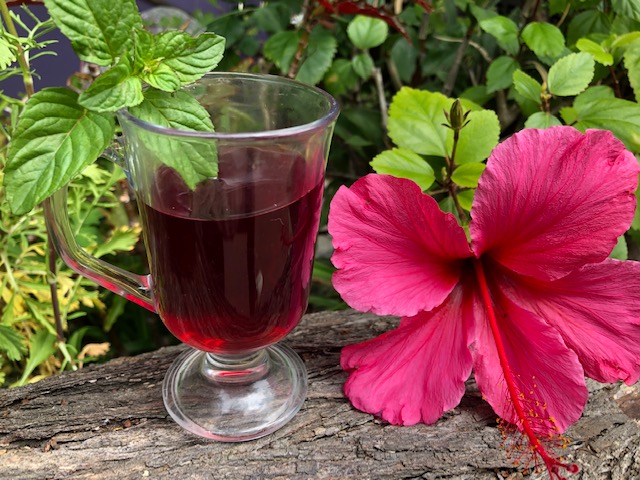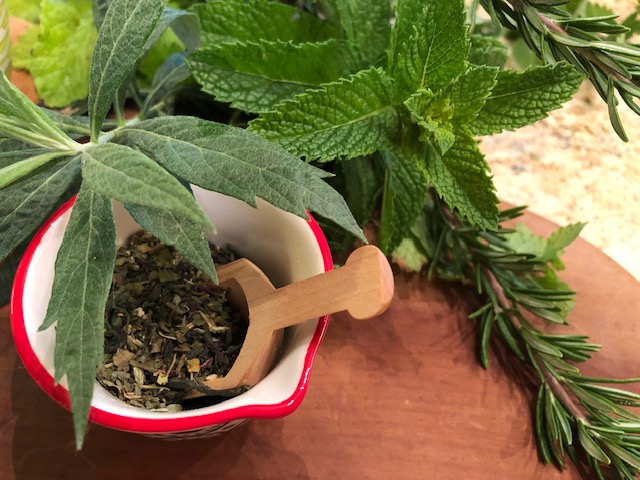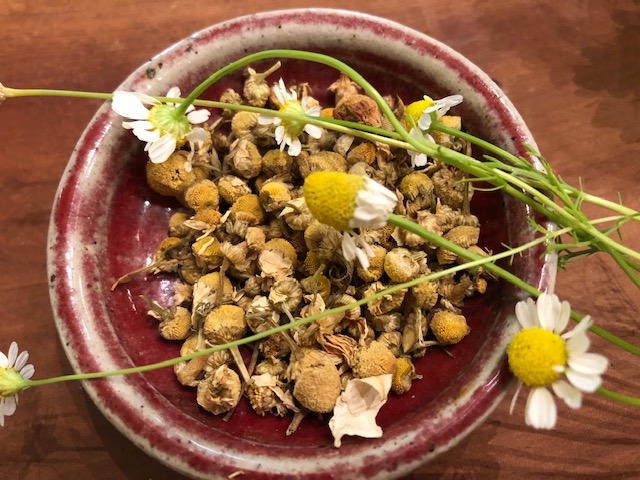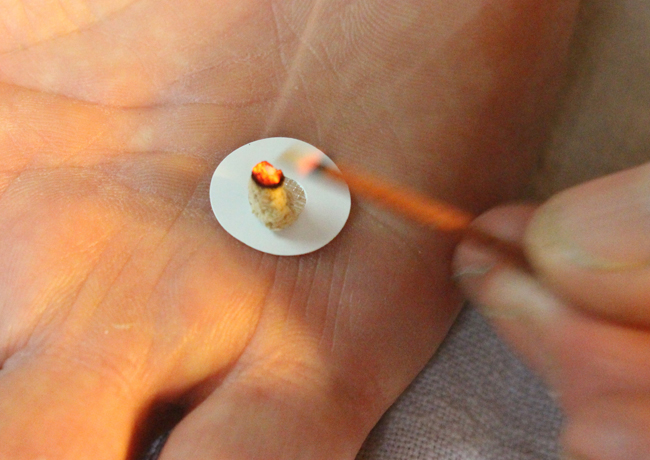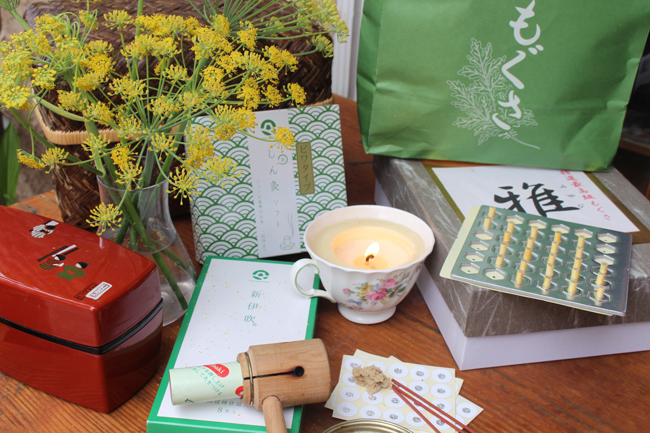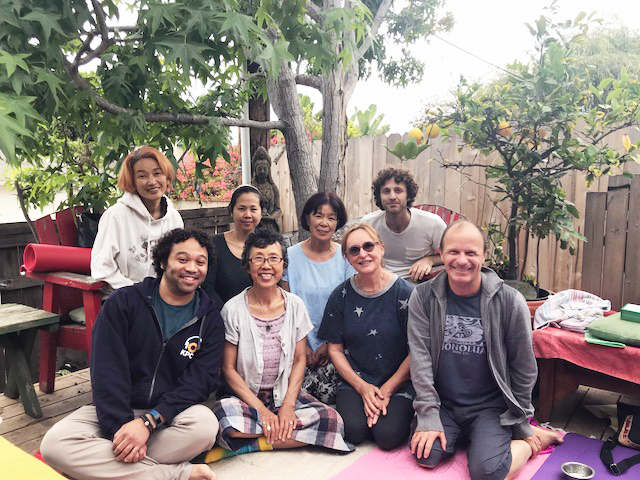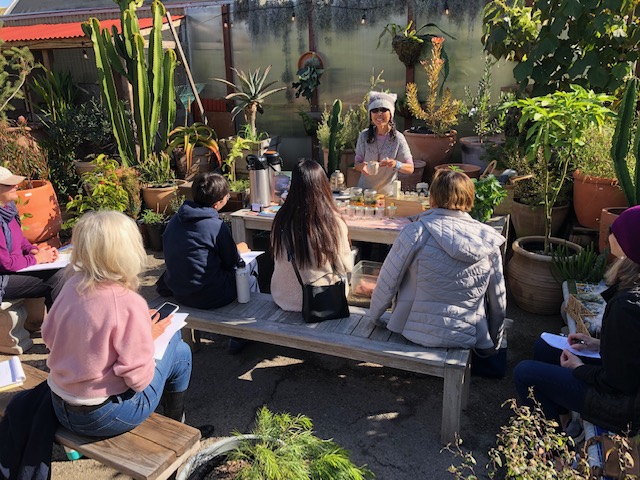
Setsubun ((節分) is February 3, the day before the beginning of spring/the new year in the old calendar in Japan is over, and Nine Star Ki’s new year has started. (it starts the day after Setsubun).
This year’s my first class was held last weekend.
I taught Nine Star Ki, Bach Flowers, and Medicinal Tea (support winter organs, kidneys, and bladders).
See what kind of year you will be in 2023 at Nine Star Ki, and get help to spend this year mentally (emotionally) meaningfully at Batch Flower.
Traditionally, the Kyoko area has new year’s tea Obukucha (Kombu kelp and Umeboshi plum tea with green tea), but I chose the medicinal tea of Nettle instead of green tea with Kombucha kelp and Umeboshi plum for the class.
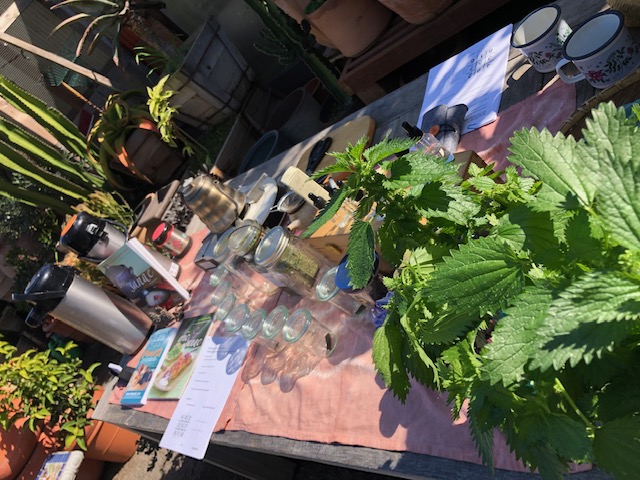
The hour-and-a-half class ended in no time.
First, I asked everyone to write down their goals from this year (and three years and ten years), what is preventing them from progressing toward that goal, and what they are doing to reach it.
After that, I explained briefly by checking everyone’s Nine Star Ki number.
Many people who participated in the class were with Three Tree. Other people were Two Soil, Four Tree, and Seven Metal.
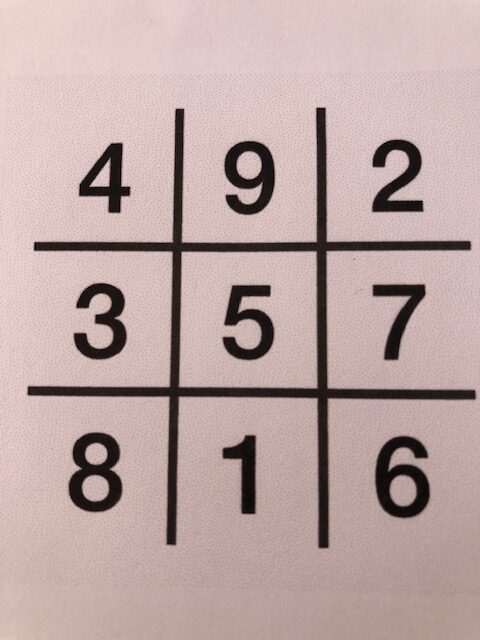
This year’s Nine Star Ki is “Four Tree” in the center (above is Nine Star Ki Basic “Five Soil” is in the center). Four Tree is growing and prosperous in Nine Star Ki.
To thrive this year, we all need to be in shape. What does mean “need to be in shape”? It is not a physical shape the case.
In the class, I explained to everyone that after planting seeds of what you want to do and it sprouts, then thinning is sorting out/shaping up the things that have sprouted and grown and focusing on only the things you want to grow.
It also means that you must clean up what you have been procrastinating or not connecting with your feelings, so you also need to mentally and emotionally organize yourself.
For example, those who attended the class, especially for people with Three Tree are in the position of growing up more this year, so they need to be thinned out.
The person with the Two Soil was in the position of sowing seeds last year, so it is necessary to water and give the sunshine so the seeds will sprout and spend every day regularly.
People with Four Tree‘s nature is growing in Nine Star Kinninth, but this year they are in the center position. They might feel the energy from the left, right, up, and down (it means from everywhere or everybody)will come in, so they might support other people’s prosperity more than themselves. Remembering to support yourself to grow more this year is important.
Seven Metal person is the year of sowing this year. It’s the year to start new things.
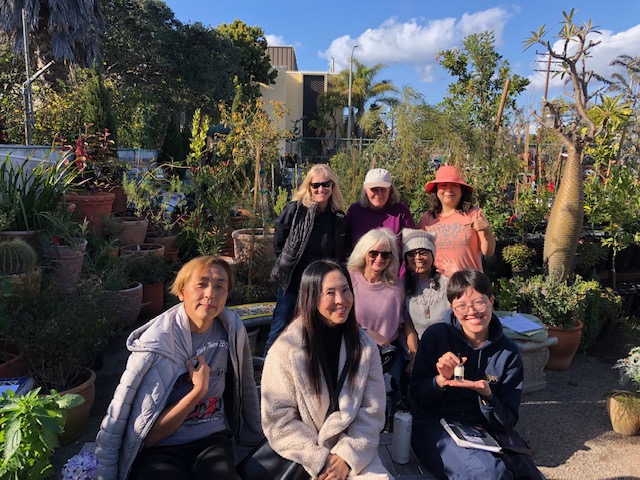
It’s different from Nine Star Ki, but this year’s Chinese zodiac is Water Rabbit year.
The Rabbit represents peaceful and patient energy. The Rabbit is a gentle creature known for thinking things through before acting. This energy will encourage us to approach challenges and opportunities calmly and rationally. In addition to the Rabbit’s peaceful energy, the Water element brings intuition and inner peace. Water is all about tapping into our inner wisdom and trusting our instincts. It encourages us to be more in tune with our emotions and sensitive to those around us.
As the Year of the Rabbit 2023 has come, it’s time to tap into its energy and make the most of it. Let’s focus on building strong connections with loved ones, colleagues, and anyone else in our lives. After all, the Rabbit is known for its ability to create and maintain harmonious relationships.
Next, let’s turn our attention to our careers. 2023 is the perfect time to focus on professional development and advancement. Take advantage of networking opportunities, build relationships with colleagues, and even consider taking on new projects or additional responsibilities.
Of course, the Rabbit represents wealth and prosperity, so according to the Chinese horoscope 2023, it’s a great time to focus on our finances and work towards increasing our income. Whether it’s investing in stocks, property, or other types of savings plans, now is the time to make smart financial moves.
But let’s remember the importance of being cautious. The Rabbit is also associated with trustfulness and an easygoing attitude, but it’s essential to be vigilant regarding potential scams or frauds. Trust, but verify.
On a more creative note, the Rabbit is also associated with creativity and artistic talents. So, let’s tap into our inner artists and explore our creative side. The possibilities are endless, whether it’s taking up a new hobby, trying your hand at painting, writing, or any other form of art that you’re interested in.
Lastly, the Rabbit is also associated with taking care of oneself, so let’s prioritize self-care and maintaining a healthy lifestyle. Eating well, exercising regularly, and getting enough sleep will help us stay balanced and take advantage of the positive energy of the year. By following these tips, we can make the most of the Year of the Rabbit 2023 and take advantage of the positive energy and opportunities it brings.
[Source: The Chinese Zodiac]
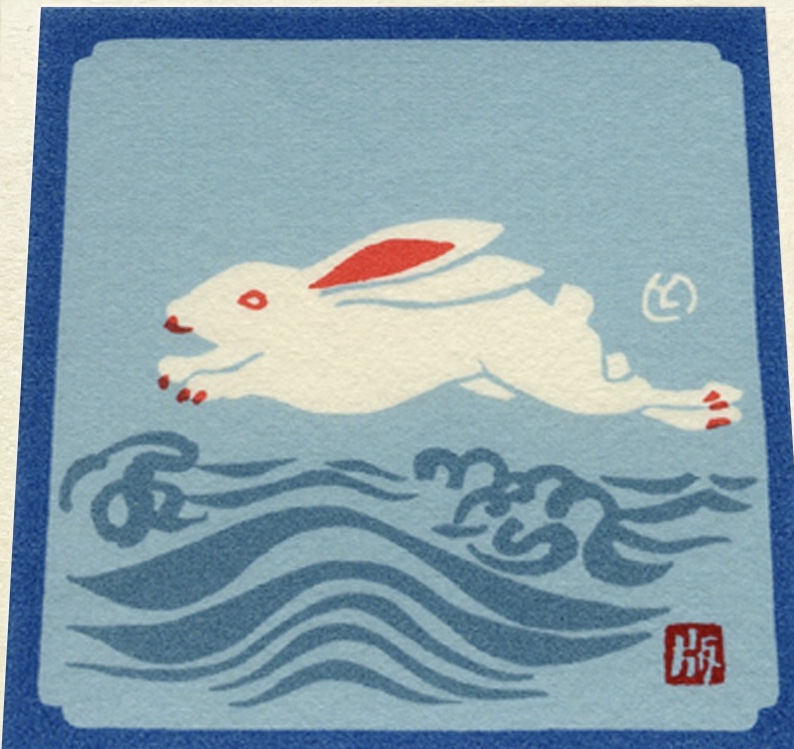
Bach Flower Remedy.
I asked people what they were going through emotionally and mentally.
These are examples of people who attended classes that they needed for Bach Flower Remedy recommendations:
Person in transition – Walnut
People who can’t see the future – Wild Oat
Anxious people – Mimulus
Those who feel resentment for what happened – Willow
Setback – Gentian
People who are taking care of their families all the time and are overwhelmed by responsibility – Elm
Overthinking – White Chestnut
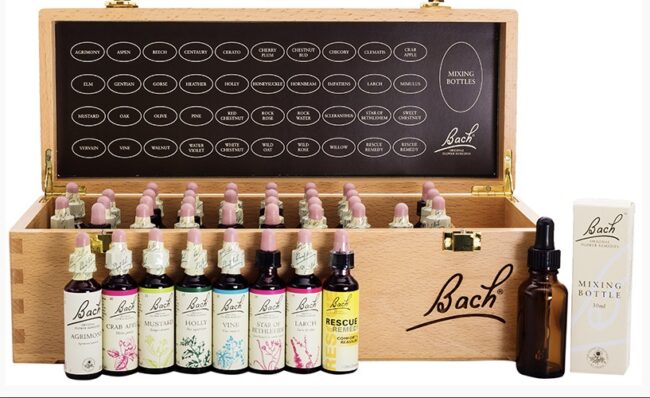
Everyone got their remedies to take home. They will take 2 drops of Bach Flower Remedy at least 4 times a day for 1-2 weeks. I look forward to seeing how all students progress with their remedies.
For the Medicinal Tea, I chose Nettle, which is rich in minerals and suitable for the New Year.
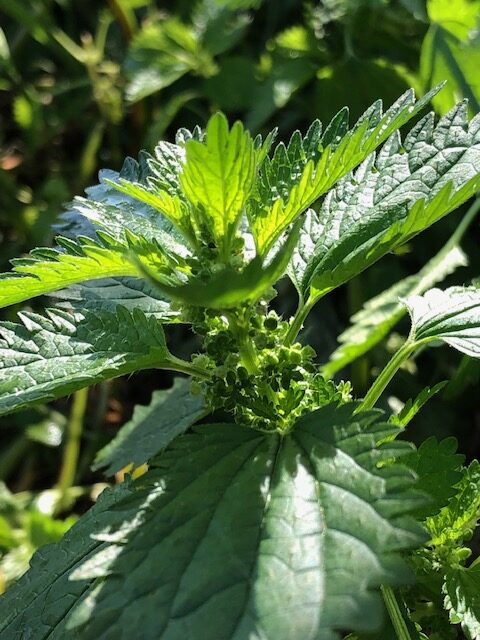
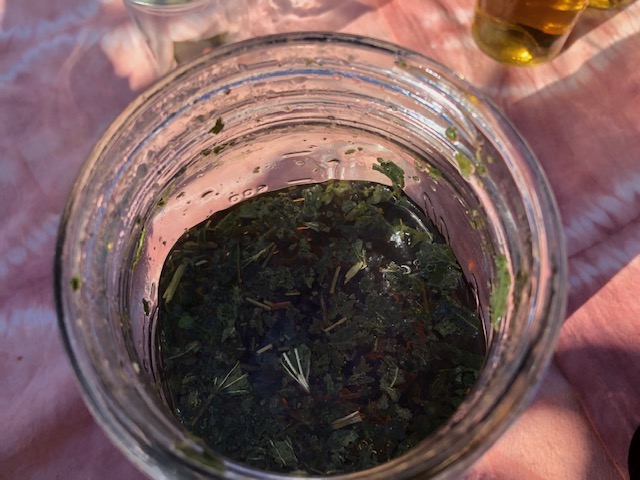
For the New Year, Kombu kelp (I get it from The Seaweed Man)and Umeboshi plum (Check my blog: Santa Monica Homemade Umeboshi plums)with green tea is a traditional drink in the Kyoko area in Japan.
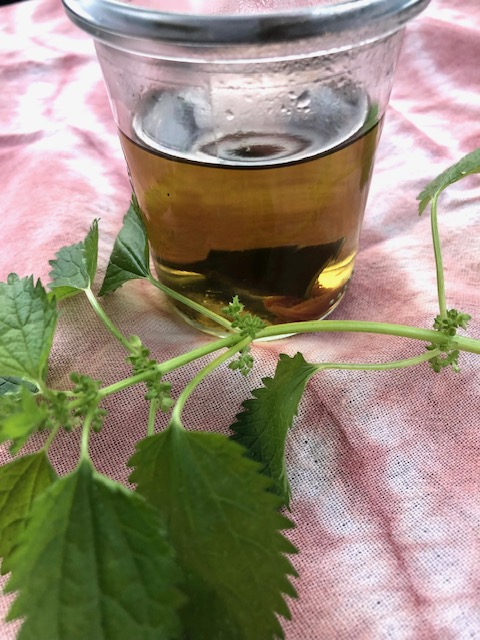
Nettle instead of green tea, which supports the kidneys and bladder and is also beneficial for the liver and lungs.
Kelp benefits the kidneys, bladder, liver, and stomach.
Umeboshi is an alkaline food that aids intestinal function and relieves fatigue, detoxifies, sore throat, fatty liver, and cholesterol, and purifies water.
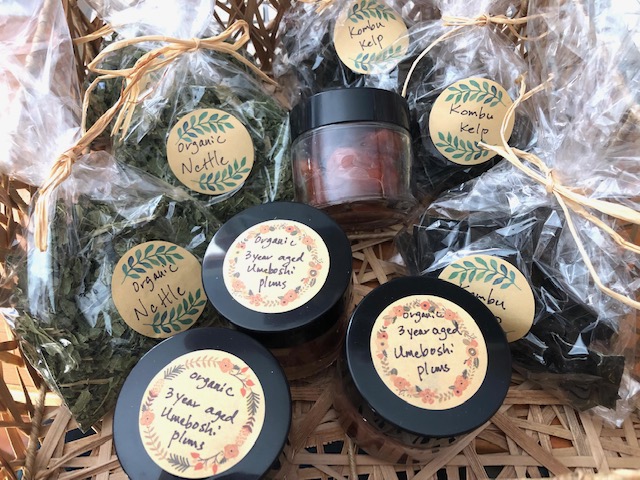
Herbal tea is easy to make at home, and you can drink it and take care of yourself.
Please give it a try.
Love,
Sanae❤️
Please email me if you are interested in Bach Flower online classes or individual consultations.
Also, if you are interested in Medicinal Tea consultation, please let me know by email.
sanaehealing@gmail.com
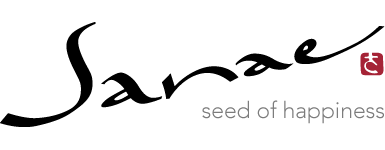
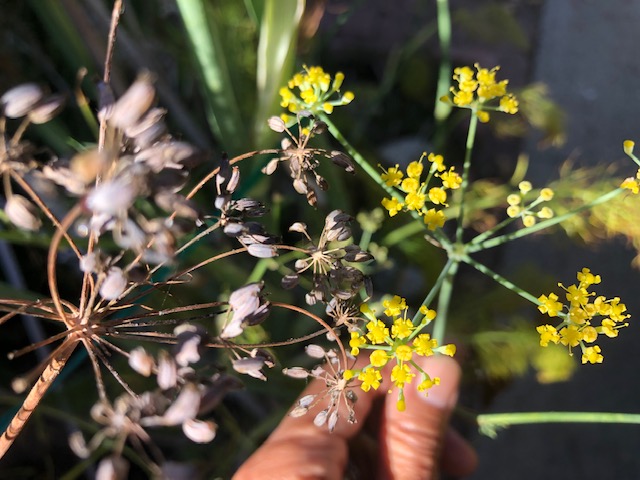
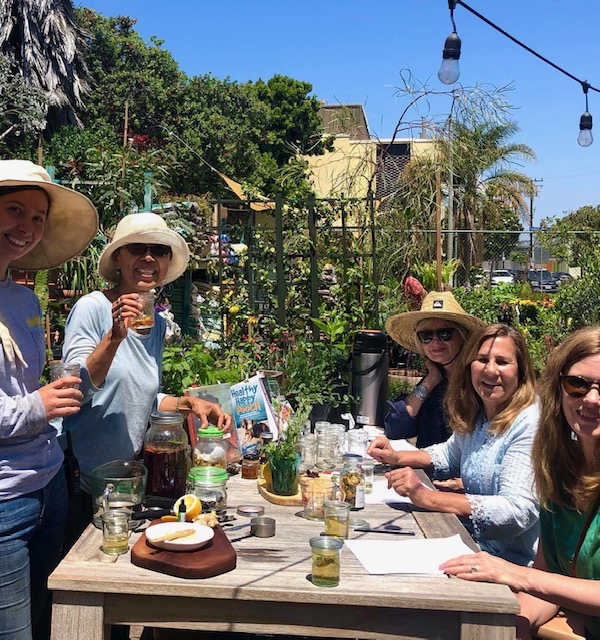
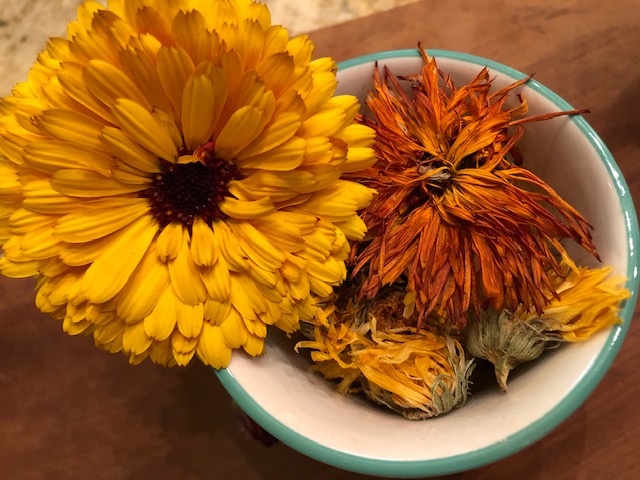
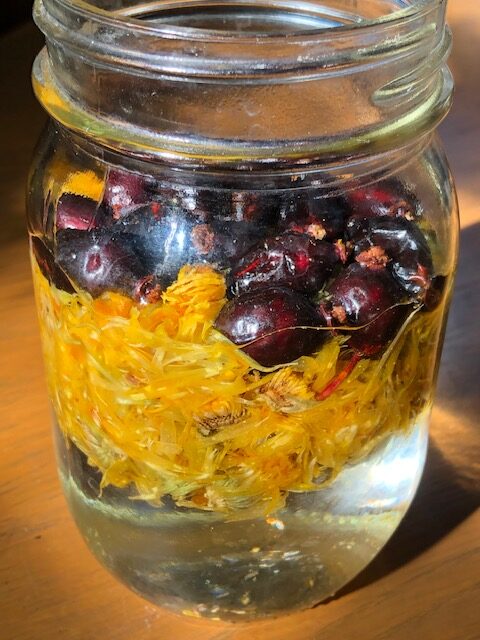
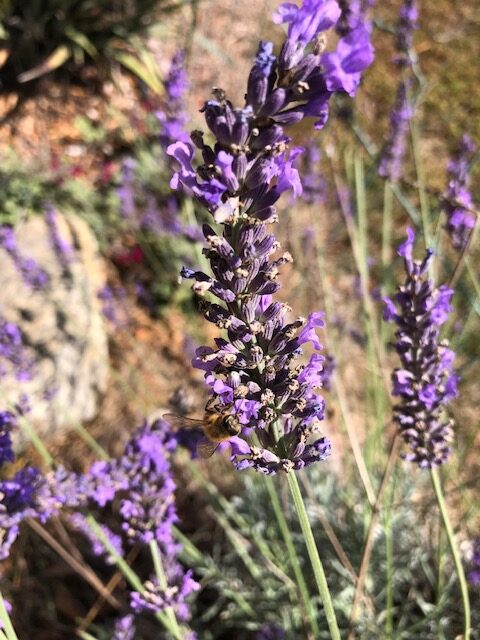
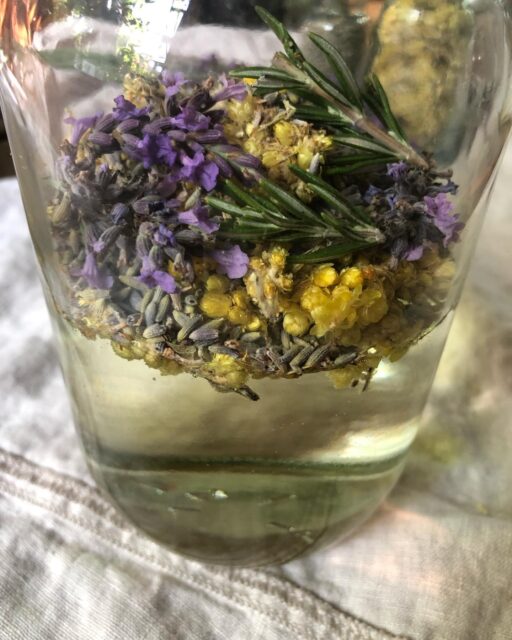 Workshop:
Workshop: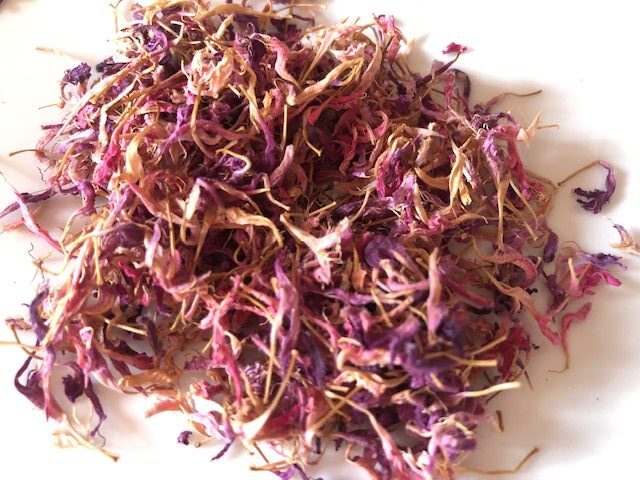 Energetics: aromatic, acrid, bitter, warm
Energetics: aromatic, acrid, bitter, warm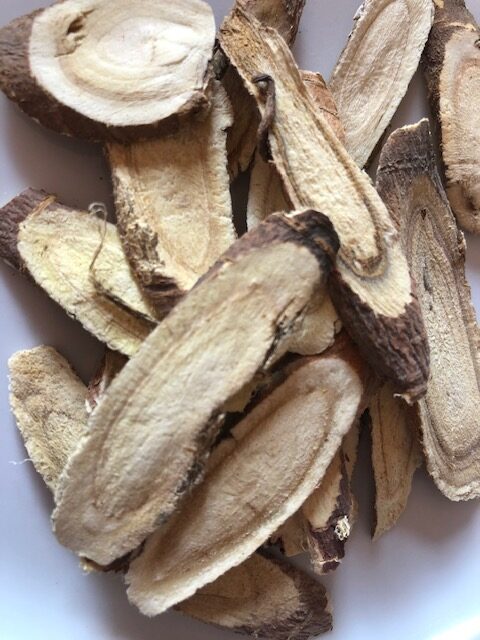
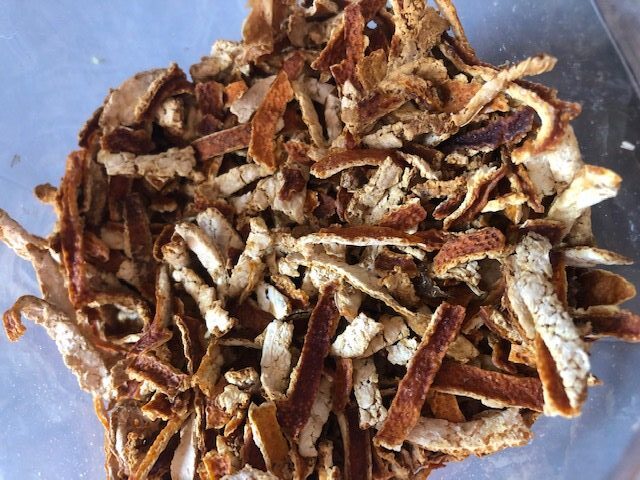

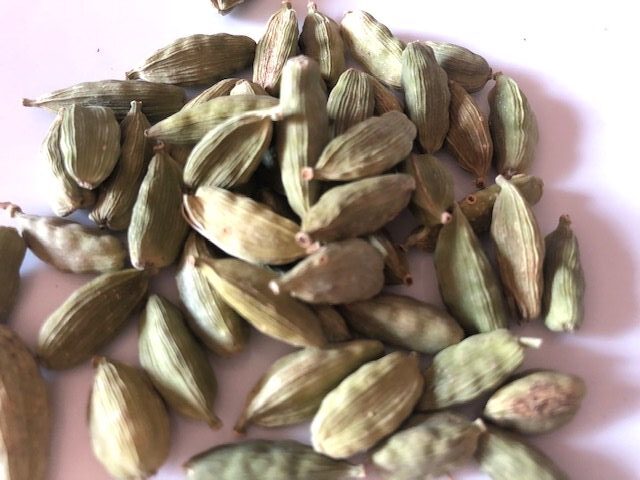 Transform dampness
Transform dampness